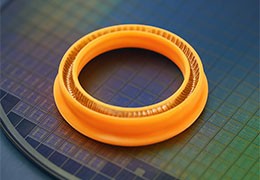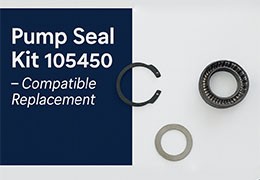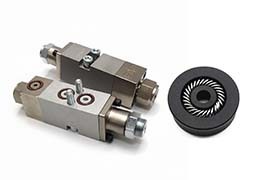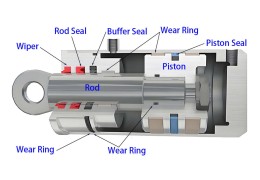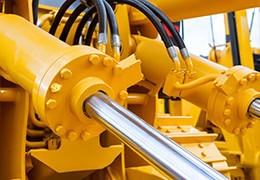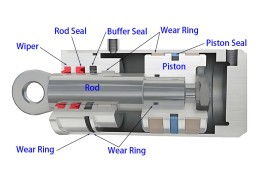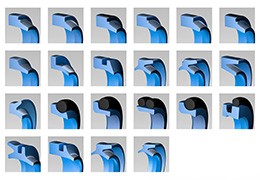Search in blog
Blog categories
- Пружинные уплотнения (8)
- Уплотнения для систем горячего расплава (18)
- Скважинные и интервенционные инструменты (3)
- Решения для герметизации в индустрии СПГ (3)
- Уплотнения гидравлических цилиндров (6)
- ПТФЭ (2)
- О-кольца (6)
- Износостойкие кольца (2)
- FKM (2)
- FFKM (5)
- комплект уплотнений Nordson (13)
- Справочник производителей и поставщиков уплотнительных колец (1)
- Сальник (1)
- Деревообработка Уплотнительные детали (1)
- горнодобыча (1)
- Системы дозирования (8)
- (2)
- (1)
- (1)
- (1)
- (3)
- (1)
- (1)
- (2)
- (1)


